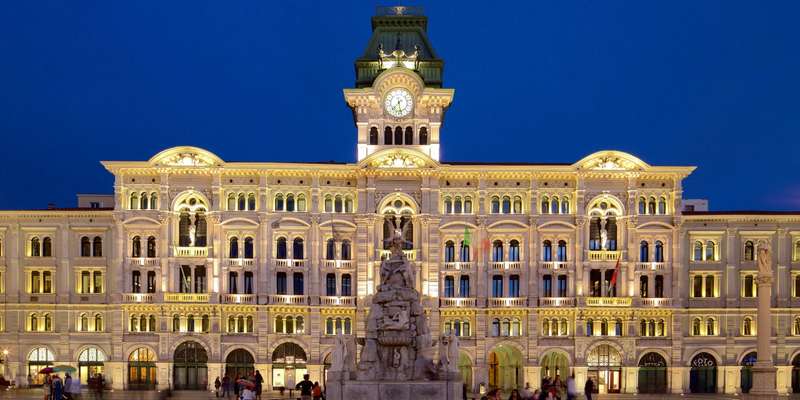- Home
- Useful Tips
- Trieste's maritime heritage
Trieste's maritime heritage is a treasure trove waiting to be discovered, yet many visitors miss its depth due to poor planning. Over 70% of day-trippers focus solely on the main square, leaving the city's rich naval history unexplored. This oversight means crowded attractions for some, while authentic experiences like hidden shipyards and century-old sailor taverns remain overlooked. The frustration of long queues at popular sites contrasts sharply with the quiet charm of working-class districts where maritime traditions thrive. For history lovers, this creates a dilemma: how to experience genuine Adriatic seafaring culture without wasting precious vacation hours on tourist traps. The solution lies in understanding where locals go, when to visit key landmarks, and how Trieste's port shaped Mediterranean trade routes.


Navigating the crowds at Museo del Mare
The Maritime Museum of Trieste houses an extraordinary collection of ship models and navigation instruments, but its compact size means midday visits often feel cramped. Locals know the secret lies in timing – arrive right at opening or during the lunch hour (1-2 PM) when cruise passengers return to their ships. Pay special attention to the Austro-Hungarian naval section, where intricate vessel replicas reveal how Trieste became Europe's gateway to the East. For a more immersive experience, join the free guided tour offered every Thursday afternoon, where retired sailors share personal anecdotes about Trieste's golden age of ocean liners. If you prefer solitude, the museum's library archive (open by appointment) contains stunning hand-drawn port maps from the 18th century.
Hidden harbor walks only locals know
Beyond the tourist-filled Molo Audace, Trieste's waterfront conceals authentic maritime life in its lesser-known inlets. Start at the San Giusto Pier at dawn to watch fishermen unload their catch, then follow the winding path past the disused Lanterna lighthouse. This route takes you through the old squero (boatyard) district, where wooden hulls still get repaired using traditional methods. Don't miss the hidden gem of Canal Grande's northern bank, where weathered stone steps bear Ottoman-era rope marks from when merchant ships tied up here. For the full experience, time your walk with the bora wind (late morning typically), when the sea spray and flapping sails recreate the atmosphere of Trieste's sailing heyday. Comfortable shoes are essential – these cobbled lanes haven't changed since Joseph II's reign.
Authentic sailor taverns with sea views
Trieste's maritime culture comes alive in its historic buffets and osmize (local wine taverns), where naval officers and dockworkers have dined for centuries. Skip the overpriced restaurants near Piazza Unità and head to Buffet Da Pepi in the old quarter, where the jota (sauerkraut soup) recipe hasn't changed since Habsburg times. For sunset drinks, the alleyway Antico Caffè San Marco serves coffee in original 1914 ship china, surrounded by maritime newspapers from around the world. True connoisseurs venture to Prosecco-producing villages like Contovello, where family-run osmize offer sea-view terraces and stories of Trieste's salt trade. Remember these spots operate on short seasonal hours – always check local boards for handwritten opening notices rather than relying on apps.
Budget-friendly ways to experience naval traditions
Immersing yourself in Trieste's maritime heritage doesn't require expensive tours. Every second Sunday, the restored Ebe schooner offers free deck visits at the Maritime Station, with volunteers demonstrating knot-tying techniques. The city's antique tram line (No. 2) costs just €1.35 and passes forgotten naval landmarks like the 19th-century dry docks. For hands-on learning, the Civico Museo del Mare hosts monthly rope-making workshops using Adriatic hemp fibers. Smart travelers plan around major free events like the Barcolana sailing regatta in October, when the gulf transforms into a living maritime museum with historic vessel displays. Evening passeggiata along Riva Tre Novembre provides free entertainment too – old sailors often gather near the Lloyd Triestino building to play traditional card games and share sea stories.



